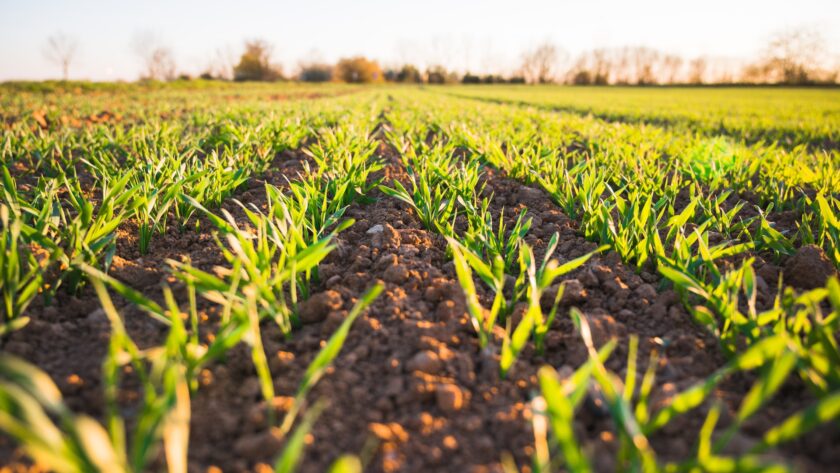Nematodes are essential to soil health, yet many do not understand how they function in a healthy ecosystem. Here is a primer for what you need to know about these key players in the soil food web.
Using nematode composition as biological indicators can improve indices for estimating labile nitrogen pools and organic matter decomposition, two critical soil processes.
How Nematodes Work
Nematodes are a key component in the soil food web. They participate in nutrient cycling, decomposition, and mineralization pathways that affect aboveground plant productivity. They are also susceptible to changes in soil conditions, such as increased salinity, acidity, tillage and chemical treatments, which affect their abundance and diversity.
Many nematodes are beneficial in that they help break down organic matter and can also control aboveground pests. Several species of these nematodes are known as entomopathogenic. They are used in orchards to kill harmful insects such as codling moth, oriental fruit moth, summer fruit tortrix and peach twig borer.
Other nematodes are saprophytic and contribute directly to nitrogen enhancement by ingesting bacteria, processing the proteins and excreting the extra nitrogen in the form of ammonia that plants can easily absorb. This makes nematodes valuable soil health indicators. Nematode community structure correlates well with the nutrient cycling index and other biological soil quality indices.
Nematode Life Cycle
Nematodes have a direct life cycle, with the larval stages consuming organic matter and infecting the final host. The nematode grows an outer cuticle that is then molted and shed to grow into the next step. Most nematodes are hermaphrodites, with males being rare or only found under certain conditions.
Many nematode species are plant parasites infesting the roots of host plants. These are known as lesion nematodes and can spread from field to field, particularly under adverse environmental conditions, such as water and nutrient stress. Other nematode species are bacterivores or omnivores that feed on bacteria, fungi, other decomposer organisms, small invertebrates or organic matter.
The nematode community composition and function are related to soil health traits. Different nematode taxa show distinct contributions to the decomposition aspect and can indicate how well the ecosystem functions.
Other nematode indices are used to quantify the ecological succession of nematode communities, including the fungivore-to-bacterivore ratio, maturity index (MI) and channel index (CI). All of these indicators can be useful for identifying soil disturbance patterns.
Nematode Population
Phylum Nematoda is diverse; some authorities distinguish between 16 and 20 orders. Many free-living nematode species occur in soil, compost or forest litter, and others are confined to freshwater aquatic systems.
Most of the nematodes are plant feeders, although some also act as predators and parasites of other organisms. In agriculture, nematodes enhance nutrient mineralization and are important biological control agents.
Moreover, nematode populations are strongly structured; they tend to remain in one place rather than moving around the field. Thus, the damage caused by nematodes will appear as elongated spots in cultivated fields.
In natural conditions, nematode populations decline through normal mortality. In cropping, the best practice to reduce nematode numbers is to destroy root systems as soon as harvesting is complete. The longer root systems live, the more nematodes they will produce and cause damage.
Eliminating root systems quickly can also encourage a reduction in nematode numbers through natural mortality and the effects of cold weather.
Nematode Control
Nematodes contribute to several soil food web functions, including nutrient cycling, mineralization, and suppressing pests and pathogens. Therefore, nematode communities serve as sensitive bioindicators of the condition of soil.
However, the nematode fauna is often altered by disturbances like land-management practices, soil salinity and acidity, fertilizer additions, pesticide use and tillage. These changes can be reflected by alterations in nematode feeding groups, which are measurable via diversity indices such as the maturity index (MI), structure index (SI) and enrichment/channel index.
Using a meta-analysis of the data gathered from several cereal localities in Morocco, this study showcases that the nematode community composition can be used to identify different soil health traits. The results demonstrate that MI values are correlated with the presence of plant-parasitic taxa and soil-nutrient properties. The SI and CI indices, on the other hand, are more sensitive to abiotic factors such as soil moisture conditions and organic matter content.




